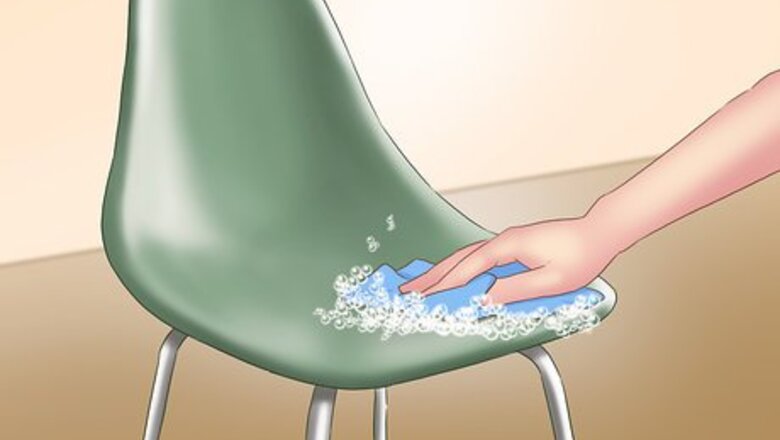
views
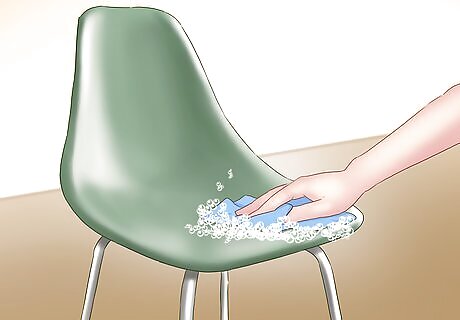
Clean the surface of the chair with water and detergent. Be sure to wash off all debris no matter how small, especially oil grease.
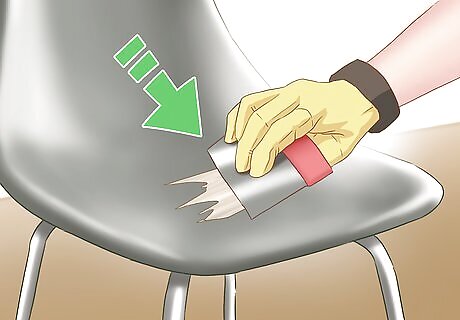
Fill up the dents and the holes in the fiberglass with body filler using the paint spreader.
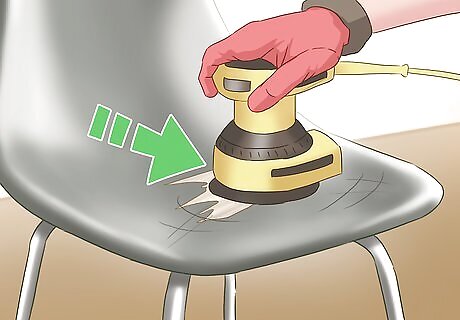
Sand down the surface, preferably with an orbital sander . Fiberglass can release glass dust into the air when sanded, which is dangerous to inhale and can irritate skin. To prevent this, wet the areas of the chair you're about to sand with water as you go. The water will trap the dust and keep it out of the air.
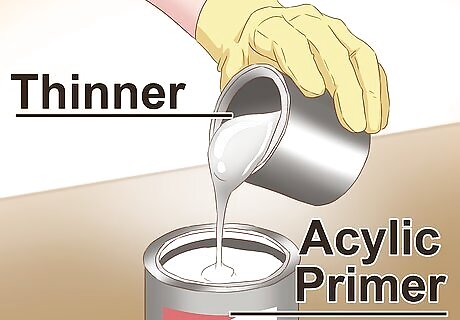
Dilute the acrylic primer with a small amount of acrylic thinner.
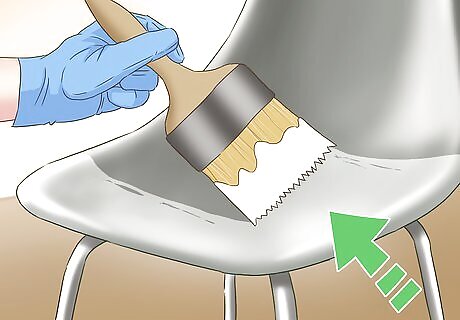
Apply the primer all over the chair. Let it dry. If you're using the recommended paint sprayer, fill the sprayer's tank with your primer mixture and spray on the chair from there. If you're stuck using a paint brush, just dip and prime.

Sand down the primer until smooth.

Repeat steps 5 & 6 to add a second layer of primer. Now you're ready to paint!
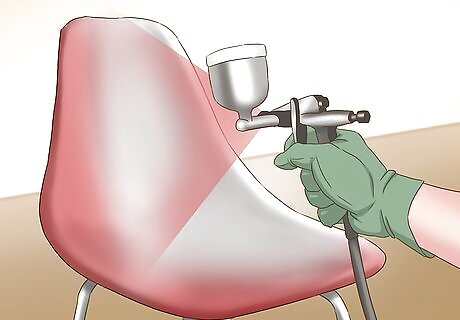
Apply your chosen paint to the chair using the sprayer or the brush. Let the paint dry, then repeat the process. Apply 2 to 3 coats. If you're using the paint sprayer wash the primer out of it first.
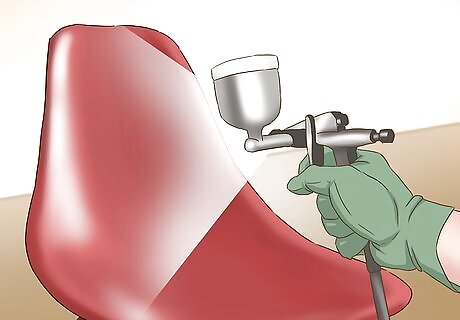
The final step is to seal the paint with a clear top coat. Use the sprayer if you have it or the brush if your don't. Penetrol is an effective and widely available top coat option in the US . Be especially careful if using a brush for this step. Brush marks made here will be painfully visible.
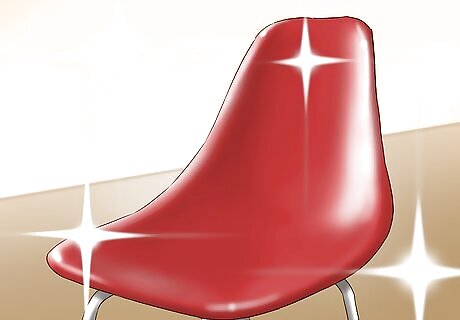
Enjoy your beautifully restored vintage chair!!



















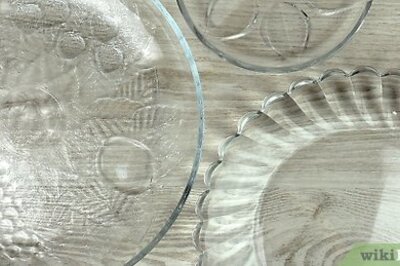
Comments
0 comment